Facebook's Feedback Score: The Definitive Guide

Hello and welcome to your one-stop guide to Facebook's Feedback Score. Whether you're here because Marky Mark has sent you threatening notifications warning you that your ads are close to being penalised, or they are but you don't know what it means and you want to change your score. I'll cover it all (including my own experience) in concise and most importantly, actionable points.
Let's get started.
Too Long Don't Read;
- This only affects you if you're an e-commerce business. If your feedback score is below 2, you will experience a slight increase in costs to run your ads, the only way to directly influence your score is by sending your customers to their ad activity on Facebook (use this link > www.facebook.com/ads/activity) and asking them to leave you positive feedback.
- If you're here because of Covid-19, the good news is that you can request a review here, but there are no guarantees even in appeal.
What Is The Feedback Score?
Customer experience has and will always be one of the most important parts of business. Since 2018, Facebook has recognised it as a factor in ad quality. Meaning that your ads could end up reaching fewer people for the same budget if customer satisfaction isn't up to scratch.
Before you start panicking and thinking about what this could mean for you, two things of note to bring up; firstly customer feedback is collected from people who made purchases from your Facebook ads, and so your score may be different from the data that you've collected yourself. Secondly, this only applies to e-commerce businesses and so if this is not you, then you can relax and close this tab with peace of mind.
The reason why am I writing about this now is because I have recently experienced running ads 'under penalty' for a business and naturally, this immediately caused concern over what this could mean for performance on a heavily invested platform.
Side note: to quickly address the reason for this, the breakdown of the feedback stated this was in large part (over 70%) due to delivery issues. Either the product has not been delivered at all or not delivered on time - which I'm pretty sure is the same thing from the customer's point of view. At the time of being under penalty, a real reason for this was due to Covid-19 with the business experiencing large delays in shipment of goods from suppliers.
You can request a Covid-based appeal for such upticks in negative feedback through submission on the Account Quality page - you will need to provide evidence for this such as screenshots of your website, documentation from suppliers and customer communication throughout. Nevertheless, I showed all of this through a Facebook rep and did not get it reversed, which shows there are no guarantees.
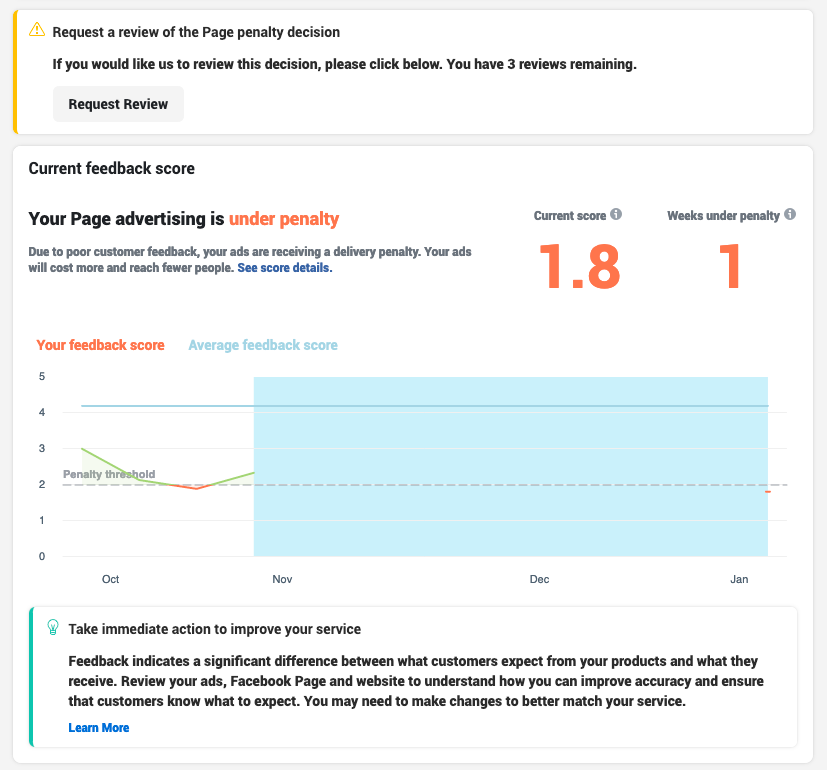
From being alerted of the news, I spent the next few days researching and doing my due diligence to see if there was anything we could do to change the tide. But before we get into that, let's explore why Facebook feels the need to employ a feedback score and how it's calculated.
Why & How Are You Scored?
Facebook introduced this rating system in 2019 as a way to filter out bad businesses from their ad platform. They did this to improve the trust users have for the ads they are served, which in turn, would result in more sales and more ad spend.
You can check out your own score here.
First off, let's talk about how your score is calculated, and crucially, what it means for your business. Your score is rated on a scale from 0 to 5, the higher the number, the safer you are from penalisation or worse. They are updated continuously, and as far as I can tell, are based on the last 3 months worth of data.
Feedback score is supposed to be collected from people who have made a purchase, however in my experience, just a simple link click has seen me surveyed. Surveys come in a variety of ways, such as in the news feed or as a notification (including on Instagram). Alternatively, users can leave their feedback manually - more on this later.
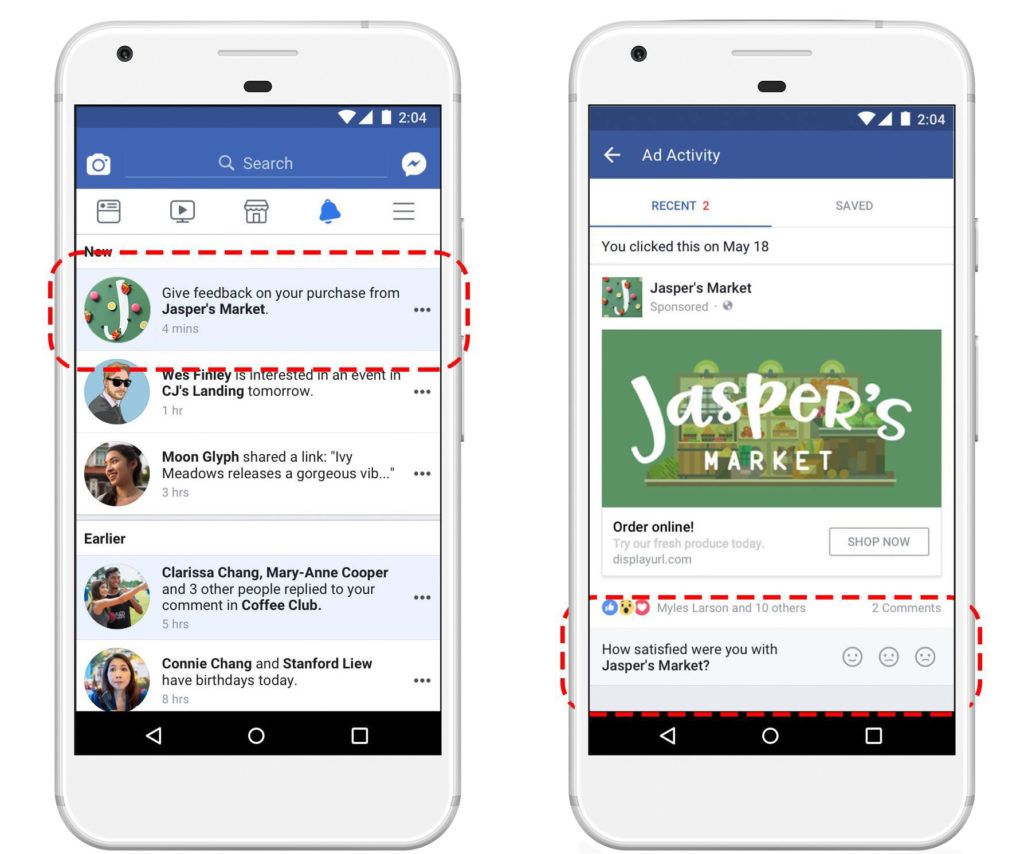
There are five layers to the rating system, each score can be defined as the following:
Feedback Score of 0 - 5.
- 4 to 5 = Good customer feedback
- 3 to 4 = Average customer feedback
- 2 to 3 = Poor customer feedback
- 1 to 2 = Under penalty
- 0 to 1 = Advertising disabled
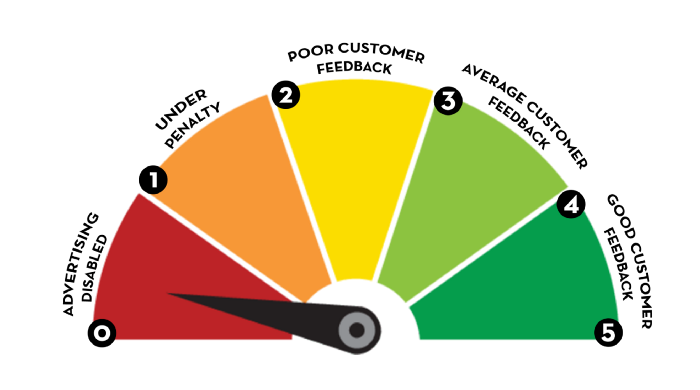
If you are at 4 and above, there is no need to worry and you can advertise as normal.
Score between 2 - 3 and you'll receive a notification and/or email from Facebook letting you know that you are close to receiving a delivery penalty. Once your score goes below 2, your ads will be penalised and this simply means it will cost you more to reach fewer people, which will impact other metrics such as Cost Per Acquisition (CPA) and Return On Ad Spend (ROAS).
In the unlikely event that your score goes below 1, your page can no longer advertise on Facebook due to "extremely poor customer feedback".
Four factors contribute towards your overall score, those are as follows:
Product Quality
- The customer is asked about the quality of the product they have received.
Was the product received?
- The delivery of the product is queried.
Customer Service
- Is the customer satisfied with the service or not?
Delivery Speed
- Facebook also judges the speed of delivery. (You can set the delivery speed on the Score Dashboard.)
Scores are available in a percentage out of 100.
How Your Score Affects You
The only tangible consequences of the feedback score are in the range of 0 - 2. In this scenario, you will either receive a penalty on your ads and possibly lose access to Facebook's commerce products or have your page disabled. Dun, dun, dunnn...
It is unclear as to the exact penalty your ads receive, and if this varies within the score itself. But as Facebook describes it, "If an advertiser receives a significant amount of negative feedback, we may consider all ads from this advertiser as lower quality.".
From this, we can deduce that a penalty is introduced at the ad auction. But in my experience, I don't believe the penalty is detrimental, as there wasn't a notable difference in CPM when comparing the before and after. Jumpfly has reported that the "minimum penalty is 10% and it only goes up over time." Either way, this premium on your ads will have a knock-on effect for the rest of your metrics as discussed.
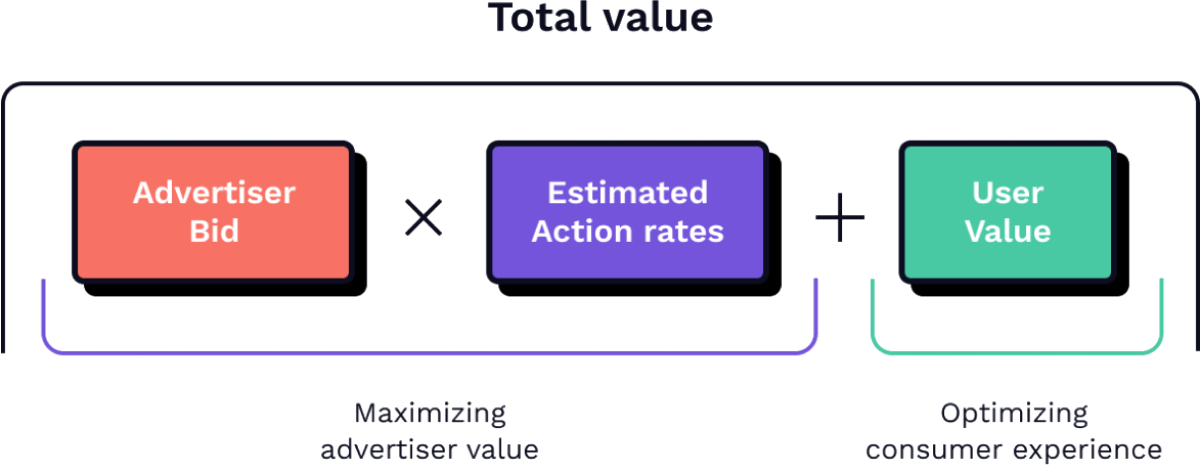
Perhaps Facebook uses this more as a warning than a deterrent. At the end of the day Facebook wants to keep their platform clean of bad businesses, but they also want to make money, and so if this causes too much of an effect on the viability of spending money with them, they probably won't do it, or to a lesser extent.
They will also be aware of the territory that comes with asking people to leave feedback or reviews, usually being that you only participate if you've had a bad experience and so it's not a true reflection of a business as a whole. With this thinking, I can't see Facebook disabling a page of an established, well-paying business, regardless of if they fall into this territory and instead use this as a last and final resort. However, if you are a new and small business with a page that is less than a year old and your score drops below 2, you will not be allowed to advertise. This should generally not be a problem though, as at such an early stage, you should be treating every customer like family. Unless you are a dropshipper that is.
What is your experience with the feedback score? Have you had your page penalised or disabled? I would love to hear from you and add to this blog post. You can email me at andrew@andrewfeeney.co.uk.
How To Improve Your Score
The big question now is, what can you do? Instead of telling the basic advice to improve your customer service and look to make major changes as to how you do business, I know from first-hand experience that this isn't always possible if you're not the decision-maker.
The number one way (as it's the only way) to directly affect your feedback score is to navigate your customers to their ad activity, find your ad that they were served, and leave positive feedback.
Seems a bit long-winded, right? Well, Facebook was never going to make it easy. However, you can send them to this handy URL link > www.facebook.com/ads/activity < and if they are a recent customer, it shouldn't take them too long to find your ad, unless they are a marketers dream and click on every ad that they see.
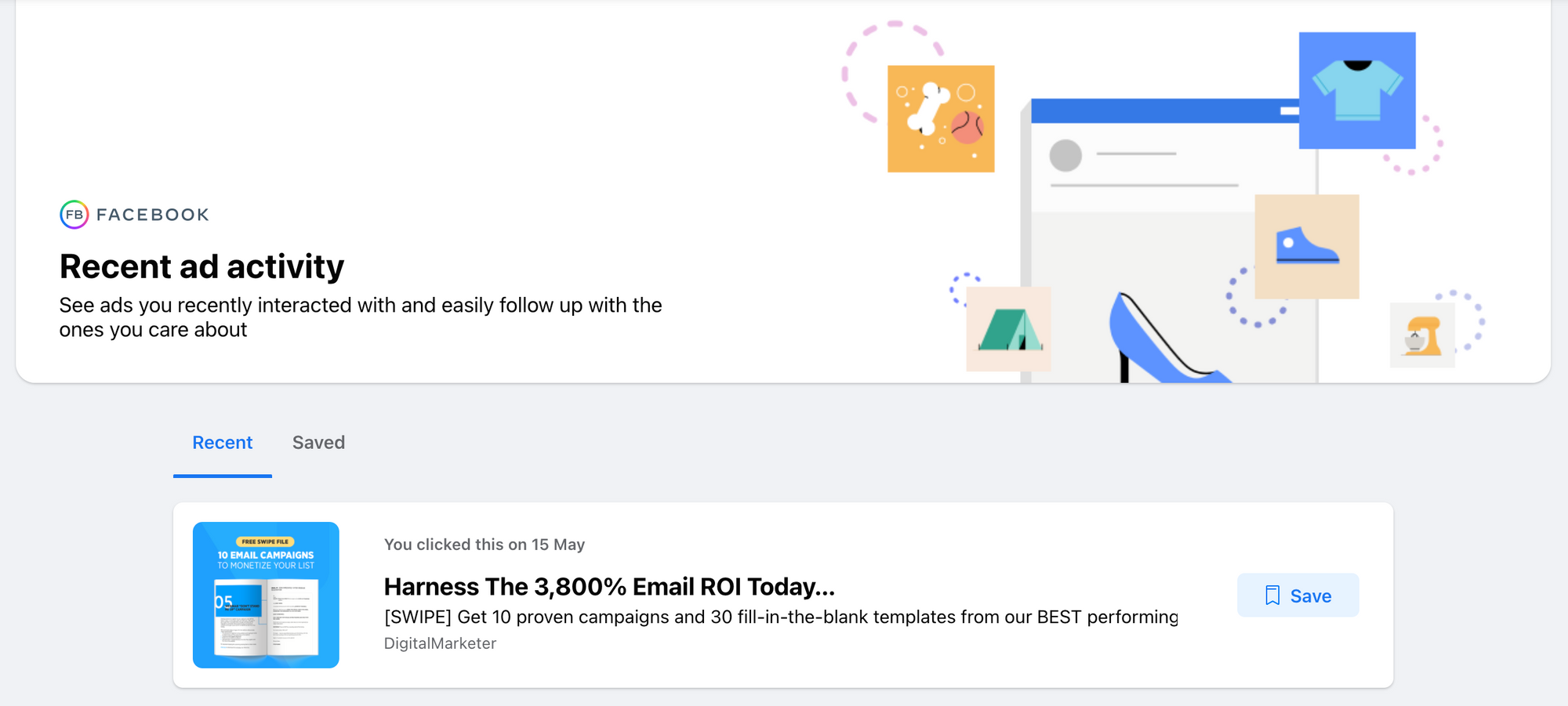
I'm going to skip over the 'how to' of getting your customers to actually leave you feedback, as that's very simple - give them a reason. Don't have expectations of people and you won't be disappointed. If you are worried that if you go to all this effort, that they might be negative, you can always pre-empt them first. Use Google Analytics and your order IDs to cross-reference who came from your ads, then reach out to them asking if everything was okay and only ask them once you know it'll be glowingly positive.
Lengthening the delivery speed that's set in Account Quality may also help cover times of delays. The theory is if there were any delivery issues, Facebook wouldn't send out their survey until they've actually received it, delay included. Don't alter this too much though, otherwise, it won't align with your customer journey and so could do more harm than good, because of this I would recommend only adding an extra week to the set speed.
If you do find yourself in the unfortunate position of having your page disabled, there is a way around it, but it's not pretty. As your score is tied to your page and not your ad account, you could make a new page for your brand and start again, but you may also have to create a new domain and pixel to avoid detection. Like I said, not pretty.
Conclusion
And that's that. You now know everything that's in your power to make a difference, and with this newfound knowledge, there is no reason why you shouldn't be able to improve your score and check this off your to-do list.
If you would like to receive blog posts like this straight to your inbox, sign-up for my newsletter here.